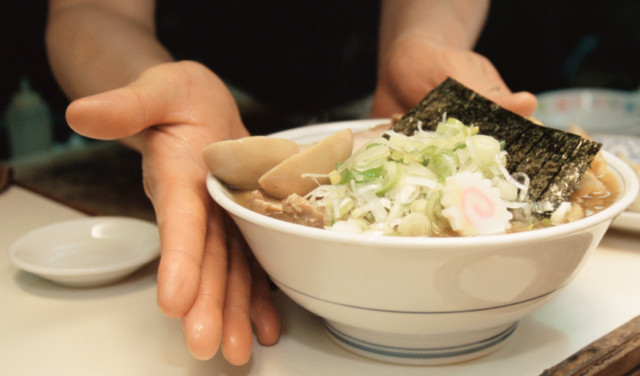
Allergic to raw fish but eager to try that Japanese restaurant everyone keeps talking about? Thankfully, there is more to food from the island country than colourful fish cut up in different shapes. A peek into a typical Japanese menu will reveal a variety of noodle and rice dishes, soups, steamed, grilled or deep-fried mains with various meats and vegetables. There are popular foods that owe their birth to influences from neighbouring and faraway lands and yet others that have been born in the hawker stalls of cherry-blossomed lanes in the country. And then there are Japanese restaurants that don’t serve any raw fish.
Take the popular eatery Wagamama, for instance. “We don’t serve any raw fish in our restaurants, yet our joints are teeming with regulars every day,” says Ramsis Nasser, General Manager, Wagamama, a UK ramen noodle restaurant chain with branches in Dubai. “We also get quite a few newbies who try their first Japanese meal with us. I think this is because we serve a more familiar, westernised version of Japanese food.”
Street eats
For the more adventurous, the streets of Japan are a welcome playground. Take the popular street food takoyaki, for instance. Typically filled with octopus, tempura scraps, pickled ginger and green onion, it is smeared with sauce and mayonnaise and sprinkled with dried bonito. Takoyaki was first popularised in Osaka, where a street vendor invented it in 1935. It is now available in most supermarkets in Japan and even has speciality restaurants dedicated to it.
Okonomiyaki, another popular dish from Osaka, is a savoury yam flour pancake stuffed with shredded cabbage, green onion, seafood, vegetables or cheese. The Japanese love for the dish is evident in Okonomi-mura, an okonomiyaki food theme park located in Hiroshima that houses 26 okonomiyaki restaurants. Interestingly, it is a type of the more commonly known teppanyaki, which is food cooked on a large iron griddle.
Foreign influences
The Japanese have their own version of the curry, which they consider to be a western influence as it was introduced to them by the British in the late nineteenth century. Curry rice, or simply curry, is so popular it is often referred to as the national dish of Japan.
Wheat noodles in a meat-based broth, ramen, synonymous with Japanese food today, is most likely of Chinese origin. In 1958, instant ramen noodles were invented by Momofuku Ando, the Taiwanese-Japanese founder and chairman of Nissin Foods and it was named the greatest Japanese invention of the 20th century in a Japanese poll. So enamoured were they with the dish that the Japanese opened a ramen museum in Yokohama in 1994.
Japan has also given the world wasabi-coated peanuts and peas, perfect accompaniments with sundowners and tea. Already the snack of choice to many nationalities all over the world, they are even grown fresh in parts of the UK, reports London-based food consultant Hiroshi Kazume, a Japanese exhibitor at the recent Speciality Foods Festival in Dubai World Trade Centre.
Traditional food
Japanese food emphasises on using fresh, seasonal ingredients and the simple seasonings of soy sauce and dashi (broth), fish and kelp stock.
Soup is considered an important part of the Japanese meal. “If the soup is good, it proves the chef knows how to blend his bonito stock — the flavour base of all the dishes to come,” celebrated Japanese food writer and chef Shizuo Tsuji wrote in his cookbook Japanese Cooking, A Simple Art.
Japanese recipe books, such as the one mentioned above, are quite interesting to behold: they are divided according to the methods of cooking rather than the ingredients. The method of preparation decides the sequence of service as well: a grilled dish comes before a steamed dish and a steamed dish always before simmered foods. The meal usually ends with tea or a platter of fresh fruits.
The Japanese custom of serving things in separate dishes emphasises the importance placed on presentation. “No Japanese, however humble, would think of serving food on just any old plate, relying on flavour alone to please,” wrote Tsuji. Thus, it follows that foods should not come in contact with each other or else they would be considered unfit for consumption.
If you are lucky, someone will invite you for a luxurious, traditional Japanese kaiseki (multi-course) meal in some of the revered by-invitation-only kaiseki establishments in Japan. Some of these restaurants only accept fresh banknotes and in serial order. Go prepared. 7








